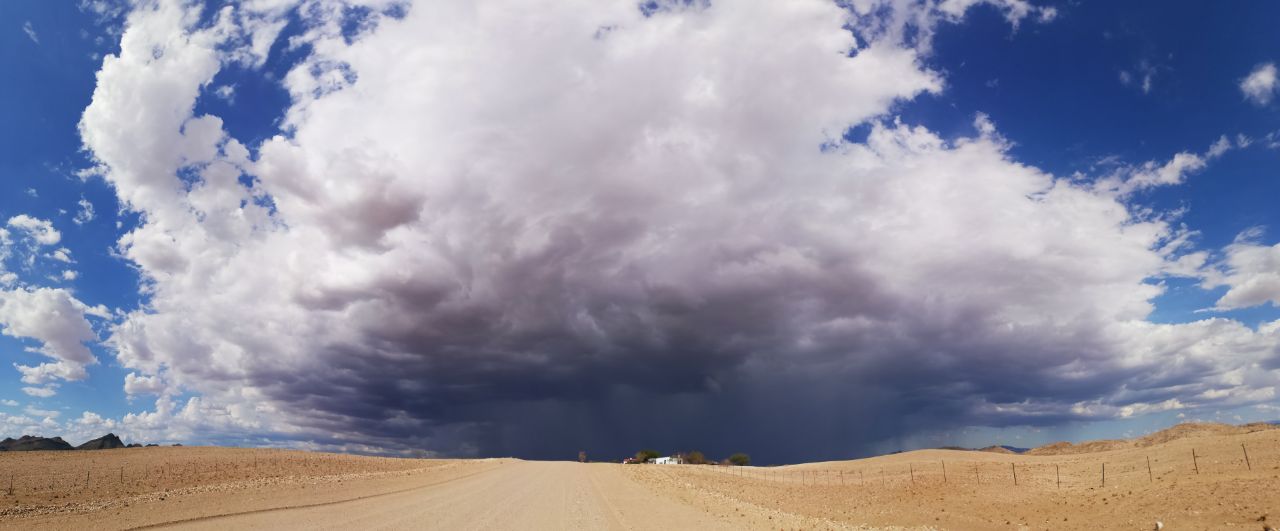This page
This page is a rather random collection of things, some data, some coding, some science, some absolutely random. Things I posted here in the hope that they help someone else – most likely myself in the future. 🙂
That being said, some things about me, Robert Spirig below.
Me (Robert Spirig)

I like to help people solve their issues.
If you want an overview, you can also check out my CV check out my ResearchGate, connect via Linkedin or have a look at my GitHub.
This often means knowing some IT-related quirks of concept. These skills I acquired during my education as I studied geosciences at the University of Basel. This actually escalated into a PhD in meteorology with Prof. Dr. Parlow, head of the “Meteorology, Climatology, and Remote Sensing” group – which now is lead by Prof. Dr. Markus Kalberer and focuses more on atmospheric chemistry.
During my studies, what I did most of the time was to actually solve some IT and data related problems. Of course, solving them meant gaining an understanding in meteorology but more often than not, it meant first gaining an understanding in programming, formats, definitions, etc. Additionally, this was also my entry into server administration and webpage design/automatisation. Realistically, by now my roles covered some of these to varying degrees/extents:
- Operation of typical meteorological devices and several ground-based remote sensing devices, namely cloud radars and microwave radiometers. This included setup, maintenance and calibration as well as data analysis
- Analysis of Namibian fog based on a multi-device and multi-location dataset with fog collectors and the application of eddy covariance in a desert environment to gauge the fog water input into the ecosystem
- Investigation of sonic transducer shadowing, relevant for the eddy covariance framework, i.e. to derive the exchange of the surface with the atmosphere and the impact the measurement device itself has on its own measurements and therefore fluxes
- Automatic identification and labelling of pressure systems to be used for operational weather forecasting
- Giving regular talks about scientific insights glimpsed from the different projects
- Collaboration with local Namibian researchers to improve data collection and storage
- Involved in the move from a binary XDR file-based time-series database to a MySQL database with fine-tuning of the database structure and data types as well as user database for backend management of a web data shop
- Optimisation/implementation of an inventory database for measurement devices including their calibration and travel history together with the related web interface to display the data in a meaningful way
- Further extension/improvement of C-Lib for IDL via DLL to extract information from a MySQL database that holds time series data
- Lecturer of a practical course for several years to teach environmental sciences bachelor students about time series analysis with Python and giving them programming support in addition to the general understanding of meteorological measurements, sensor and data quality as well as understanding local and mesoscale effects
- Geoinformatics (whole year course) for 5+ years with between 80 and 120 students per year (or more than 600 in total). The content consisted of lectures about GIS and data formats as well as some general computer basics and exercises that were updated for each iteration with new current content, namely displaying voting data as an easy start into GIS and usually then continued to more advanced topics, like analysing the energy bill in 2017, or the groundwater temperatures in Basel with interpolation and temporal averaging
- Rechenpraktikum (solving meteorological examples with Excel) for several years, guiding students through solving several exercises and presenting the solutions to the larger course, usually between 10 and 20 students
- Design and Support for GIS course for several years, helping students answer research questions with spatial aspects
- Support for several BSc theses, usually getting them started with Python and developing their programming skills
- Supervision of 3+ Master theses, some going on to do a PhD, and/or winning awards at their university/conferences with their thesis
- Pipeline(s) to extract data from a MySQL database, transform them based on scaling/configuration options and load them for the user
- Using the above pipelines to generate large amounts of SVGs via matplotlib to display them on a dynamic website
- Coding up many generic reader functions to streamline further analysis and standardisation
- Implementation and design of an API to retrieve premade figures according to patterns to be used with an interactive website to avoid bottlenecks in the file-serving of the 500k+ figures (more than 500 GB of figures)
- Development of an interactive website, displaying near-real-time information of many different devices, including asynchronous updates of the available figures, catering to the differences between each device while standardising as sensible. This includes datepicker, timepicker, deviceselecting and more.
- Conception and implementation of a data visualisation website, based on Python framework, to display recent and older data for more than 4 measurement networks, from 3 to 27 different stations with at least 5 (on average around 20) time-series of meteorological data
- Development of info kiosk (sadly outdated as no update of the lecture list is being done and the “Vorlesungsverzeichnis” of the Unibas did not offer a sensible query API, displaying weather forecast, current events and lectures as well as up-to-date measurement data, running on a Raspberry Pi with fade out between slides
- Pipeline using GDAL/OGR with PublicWRT for Meteosat native format extraction to create animations that include the location and measurement values (wind/fog precipitation) of meteorological measurement stations when fog events occur
- Analysis of ground-water temperatures in Basel in collaboration of local authorities (Amt für Umwelt und Energie)
- Automatic nightly extraction of station coordinates (active and inactive) from SQL database, transforming to KML file together with embedded leaflet map showing RGB composite of the previous day and easy download
- Embedded project locations in web-map for NGO Desert Tree
- Student research project for investigation of tree occurrence and density in Basel based on the public dataset from the “Stadtgärtnerei”
- Initial design and implementation of an experimental planning website for UAV flight path in clouds (beyond line of sight)
- Re-implementation of WGS84 to CH1903(+) Python functions that are numpy/xarray ready
- And many publication-ready maps with Python or by hand

